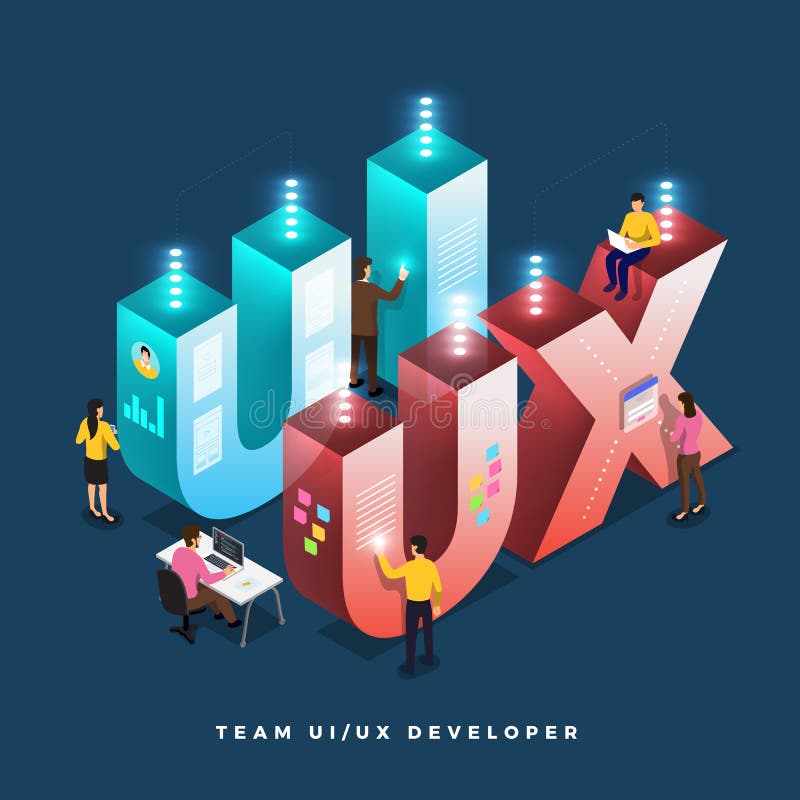ඕනෑම Business Analyst කෙනෙක්ට project එකක් ලැබුනම තියෙන ලොකුම challenge එක තමයි කොහොමද පටන් ගන්නේ කොහෙන්ද පටන් ගන්නේ කියන එක . ඒ වගේම මොන වගේ deliverables ද create කරන්න ඕන සහ කොහොමද project එක successfully complete කරන්නේ කියන එක .
ඉතින් අද මම මේ ප්රශ්න වලට විසදුමක් ගේන business process analysis technics ගැන ඔයාලට කියල දෙනවා .
1 පියවර : project එකේ සියලු තොරතුරු එකතු කරගන්න .
BA කෙනෙක්ගේ වගකීම තමයි project එකට අදාල සියලුම තොරතුරු එකතු කරන එක . project එකට සම්බන්ද අයගේන් (Project Manager , project Sponsor , Business Owner ) ප්රශ්ණ අකාරයෙන් ගැටළු ඉදිරිපත් කිරීමෙන් තොරතුරු එකතු කරගන්න පුළුවන් .
information gather කරද්දී පහත areas cover වෙන්න ඕන .
1. Project scope ආණ්ඩ boundaries
2. organization එකට වර්තමානයේ බලපාන සාධක
3. Projects risk / Constraints
4.Broader organization context
මෙහිදී වැදගත් වන කොටසක් තමයි stakeholders කියල කියන්නේ . ඒ කියන්නේ project එකට actively involved වෙලා ඉන්න අයට .
සියලුම information gather කලාට පසු ඔබේ project part කොටස analyse කරන්න ඕන . පසුව checklist එකක් නිර්මාණය කරන්න ඕන පහත දෑ ඇතුලත් කරමින් .
1. ඔයාගේ කළින් අත්දැකීම් වලින් ,වර්තමානයේ තියෙන project එකට ගන්න පුළුවන් දෑ මොනවද .
2. වර්තමානයේ ඇති project එකට අවශ්ය වුනු Documentation සහ plannings
3.stakeholders සමග project එකට ලැබිය හැකි outcomes සාකච්චා කිරීම
4. දැනට project එකට involve වෙලා ඉන්න members ල sort out කිරීම
5.බලාපොරොතු වන deliverable සහ අවශ්ය format
6.ඔබේ project සුදුසුම methodology (Agile /Waterfall )සෙවීම
2. Project Manager /team members සමග review meeting එකක් set up කිරීම .
project එකකට හොද agenda එකක් තියෙන ඕන . නැත්තම් ඒක project එකේ අසාර්ථකත්වයට බලපාන්න පුළුවන් .
project එකෙන් බලාපොරොතු වුන දේවල් ගැන specific idea එකක් තියෙන්න ඕන .
Project manager , team members ,stakeholders involve වුනු meetings තියෙන්න ඕන වගේම project එකට අදාල ප්රශ්න අහන්න ඕන .
සමහර විට ඔබ සම්පුර්ණයෙන්ම අලුත් project එකක් handle කරනවා වෙන්න පුළුවන් .එහෙම අවස්ථාවල කළින් මෙම domain එකේ කළින් experience තියන managers වගේ අයගෙන් විස්තර දැනගන්න ඕන .
3.Project එකට අවශ්ය documents analyse කිරීම .
Business process documentation
Business and system requirements documents
Business cases
Charts and flow diagrams
Project plans
Organization chart
Strategy documents and business plans
Policies and legislation
4. සොයාගත් Factors සහ information record කිරීම .
research කරපු සහ analysis කරපු project එකට අදාල සියලු තොරතුරු record කර ගත යුතුයි . වර්තමානයේ project එකට බලපාන Business requirements including reporting requirements , Business processes and supporting systemස , Functional and non-functional requirements , Issues and risks වගේ දේවල් මේ අතර වෙනවා .
5. Problem domain එක තේරුම් ගැනීම
මොන වගේ business function බලපානවද නැද්ද යන වග
Business එකට බලපාන risk සහ factors
project එකට බලපාන policies සහ constraints
problem domain සම්බන්ද documents සැපයීම (Annual Report )
business එකට බලපාන issues
proposed changes වැනි දෑ මේ අතර වෙනවා .
6. Business Requirement Present කිරීම
problem domain එක තේරුම් ගත් පසු සහ business requirements සියල්ල එකතු කරගත් පසු තිබෙන ඊලග පියවර තමයි project managers සහ stakeholders ලට business requirements present කිරීම .
requirements present කරන්න විවිධ techniques තියනවා .
- table or spreadsheet
- diagram or graph
- prototype or simulation
- structured text template or structured sentence
දැන් මන් කියන්නම් BA කෙනෙක්ට වැදගත් වන tips කිහිපයක් .
- meetings වලදී ප්රශ්න අසන්න
- stakeholder meetings සහ review වලට ප්රථම හොද සුදානමක් තියාගන්න
- අලුත් අත්දැකීම් වෙනස්කම් වලට හුරු වෙන්න
- feedback වලට ඉක්මන් ප්රතිචාර දක්වන්න .




















